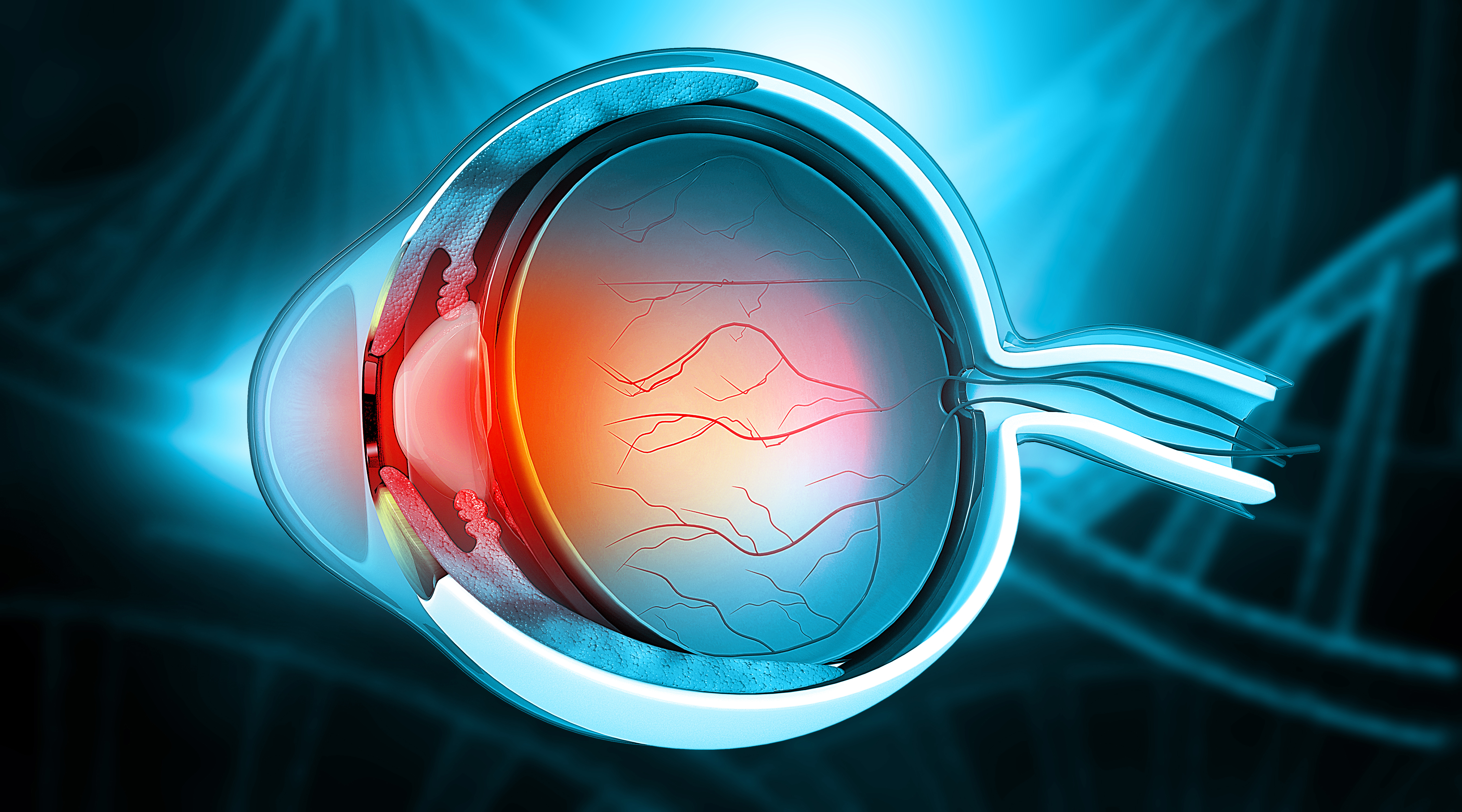Netrin-4–Mediated Disruption of Basement Membranes for Targeted Therapeutic Delivery
Novel tools that promote the delivery of therapeutics to treat inner retinal diseases such as diabetic retinopathy, retinal vein occlusion, and retinitis pigmentosa.
Non-surgical access to tissues for direct biological manipulation, e.g. gene transfer, stem cell transplantation, and drug delivery, can be difficult because many tissues and organs are surrounded with, and protected by, a nearly impenetrable barrier called the basement membrane (BM). In the eye, the inner limiting membrane (ILM) is a special BM that prevents movement into the retina from the vitreous. Current methods to circumvent the ILM involve its physical or enzymatic removal and have limited efficacy. As a result, successful cell- and gene- based therapies have targeted a subretinal approach, which has proven effective for the outer retina, but is of extremely limited use for the inner retina.
This technology describes the use of Ntn4-based molecules to disrupt the laminin polymer needed to form the ILM, allowing for access to these otherwise inaccessible tissues, and for therapies based on that access. This approach is also applicable to a wide variety of other tissues that contain a basement membrane that block the delivery of therapeutic agents. Of particular interest are organs with hard-to-breach BMs, including the kidney glomerulus, cornea and lens capsule, and the dermal/epidermal junction of the skin.

• Provides non-surgical access to inner retinal tissues.
• Promotes gene-based and cell-based therapeutics in inner retinal diseases.
• Applicable to a wide variety of other tissues.
Manipulate the molecular structure of the ILM to promote integration of neural stem cells, viral transfection, or small molecule delivery for the treatment of diabetic retinopathy, retinal vein occlusion, and retinitis pigmentosa and other inner retinal diseases.
Provisional patent application filed: 63/709,982
TRL 3 – Experimental proof of concept
This technology is available for licensing.
This technology would be of interest to entities involved in gene therapy, stem cell therapy, and targeted drug delivery. Potential licensees include biopharmaceutical companies, ophthalmology-focused biotech firms, regenerative medicine developers, and platform technology companies seeking to enhance delivery of biologics or cell-based therapies across tissue barriers
Patent Information:
| App Type |
Country |
Serial No. |
Patent No. |
Patent Status |
File Date |
Issued Date |
Expire Date |
|